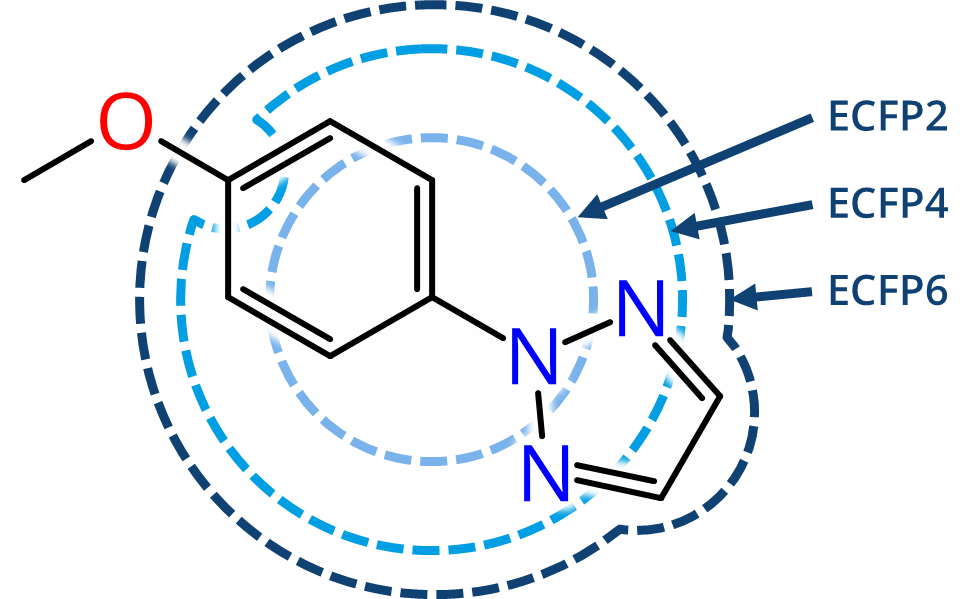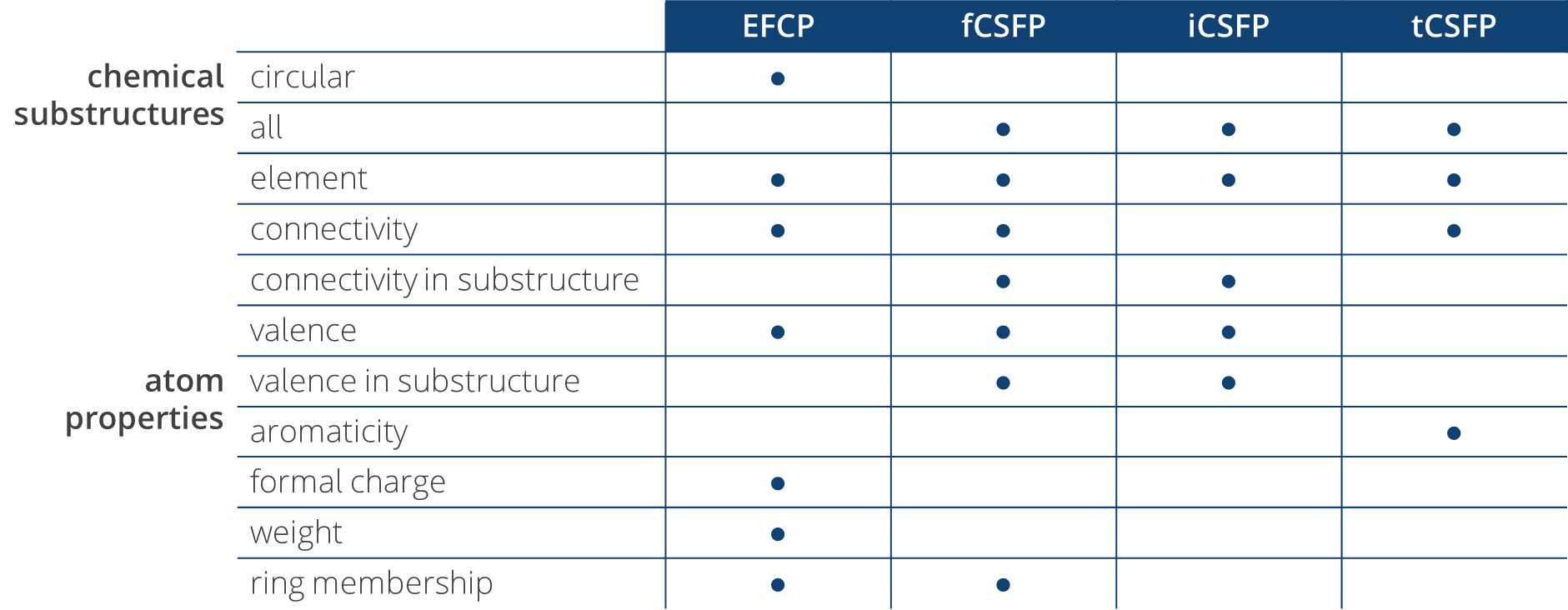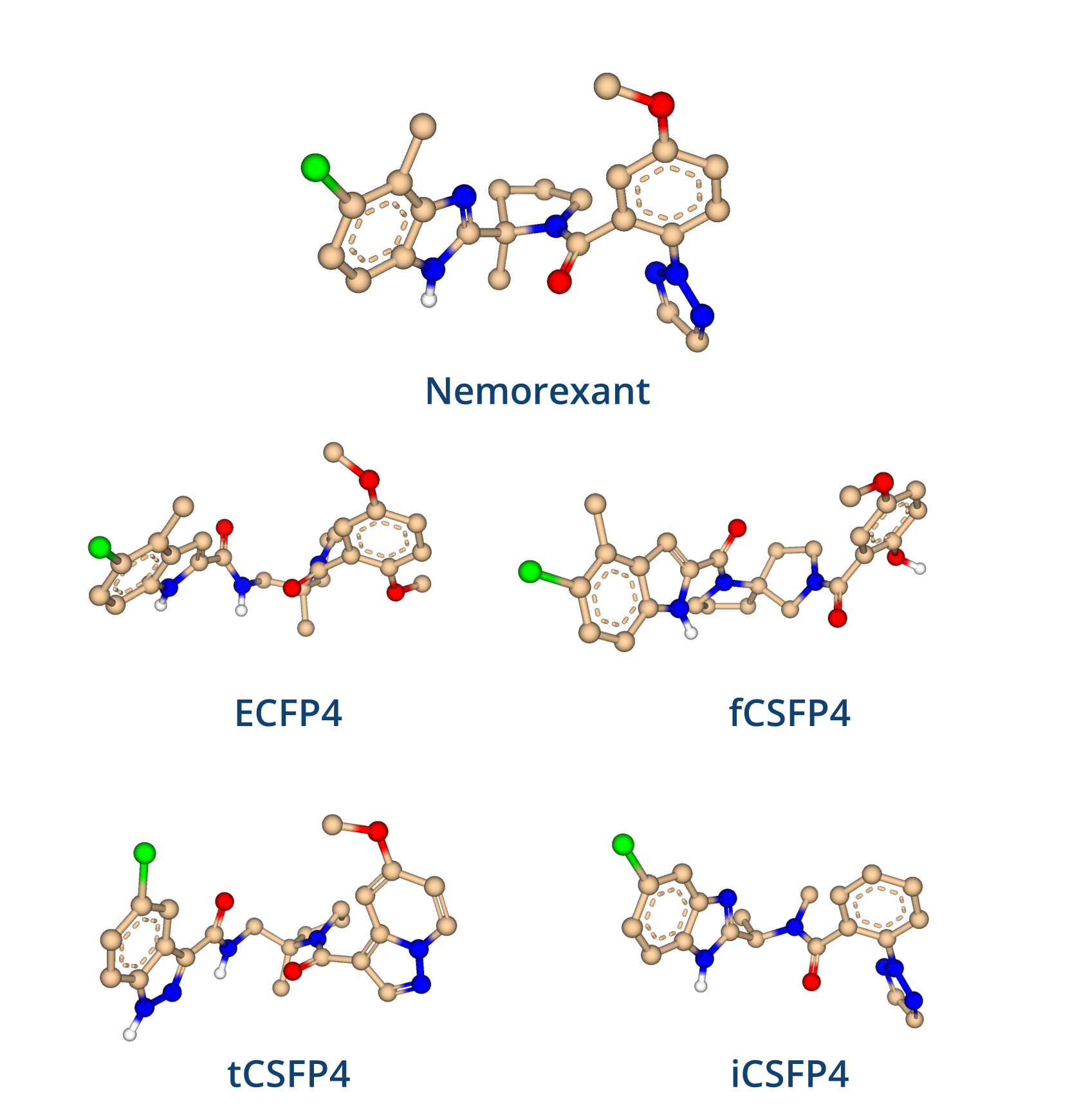Source for accessible compounds
The molecules retrieved from dedicated Chemical Spaces with SpaceLight are accessible by synthesis. The molecules are not fantasy molecules that require complex synthesis, but instead they can be ordered from the compound makers — or be synthesized in one or two steps in-house. For this realized workflow, we collaborate with Enamine, WuXi LabNetwork, OTAVA, Chemspace and eMolecules in creating actionable make-on-demand Chemical Spaces.
The compounds can also be used in complementary enrichment methods: Use them for machine learning approaches or structure-based calculations (e.g., docking studies) to narrow down the best candidates for follow up.


